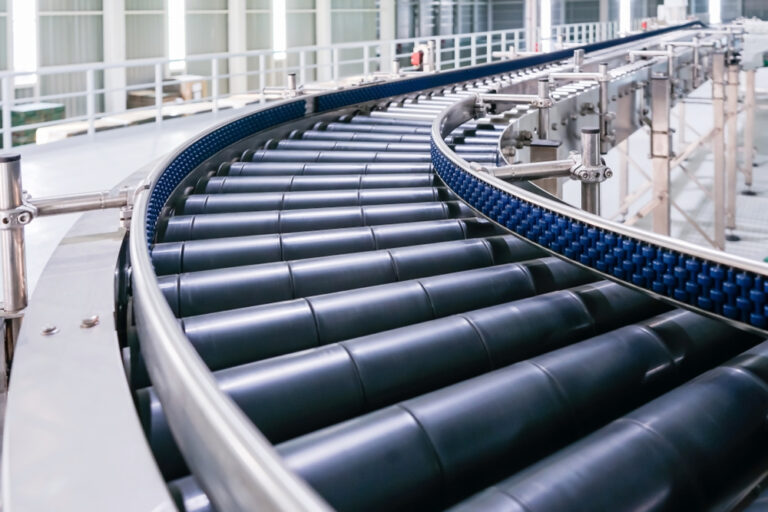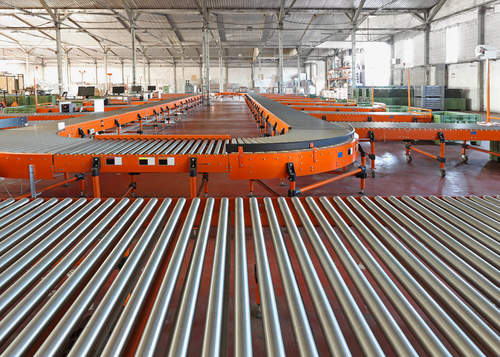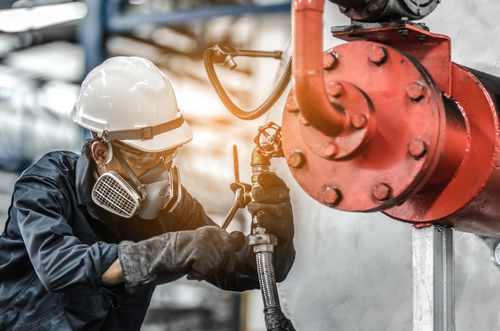Conveyor belt wear and tear can be a serious problem in the warehouse. Oftentimes, if the conveyor belt is stopped, so is the business. To prevent this expensive problem, let’s take a look at some of the most common conveyor belt problems.
With these common problems in mind, you’ll be better prepared to prevent and quickly resolve any issues that come up with your conveyor belts.
At Mathews Mechanical, we’ve been committed to quality service and repair for more than 30 years! When it comes to conveyor belts, consider us your personal expert. We even offer 24/7 emergency service for those business-stalling breakdowns that happen outside the typical 9-to-5 business hours.
Conveyor Belt Wear and Tear: 5 Common Problems
- Lack of Maintenance
One key cause of wear and tear on conveyor belts: not keeping up on regular maintenance. Components, bearings, rollors, and motors can quickly wear down over time. Without proper care and maintenance, one (or more!) of these essential parts can break without a moment’s notice. And anyone in manufacturing knows that even one small part can halt the whole system.
Pulleys are a major source of conveyor belt wear and tear. With too much wear, pulleys can decrease a belt’s grip and cause tension issues. Preventing this problem from stopping the line is as simple as checking it consistently for signs of wear, and replacing as needed.
Many components of a conveyor belt face the same challenge. If they aren’t installed or working properly, wear and tear can compound into a big problem. Understanding what components to review and evaluate on a regular basis is key to keep your conveyor belt working.
- Rollers that Seize
If your conveyor belt is constructed from metal, you’ll likely enjoy a long-lasting design. However, this type of belt can run into issues. Because of its tendency to sharpen into pointy edges, a metal conveyor belt may seize up.
These pointy edges can cause problems for the entire conveyor belt. From centerline mistrack to damaged goods and entire system malfunction, the consequences of faulty rollers are many. Not only do sharp edges cause potential issues with the belt, they can also pose a safety risk for staff.
Reviewing the rollers frequently can ensure that this issue doesn’t go too far. If it comes down to a serious roller issue, the entire system may have to be shut down while repairs are completed.
- Overloaded (or Underloaded) Conveyors
A common misconception is that a simple conveyor belt can be used as a conveyor for anything. Because of this, we often see belts reused for purposes other than what they were made for.
It’s important to note that there are nuances to each conveyor belt. Different types of belts are designed for different, unique purposes.
Unfortunately, you can not simply take a conveyor belt from over here and plug it in over there and expect it to work the same. When goods on the belt are too heavy or too light, problems can quickly compound into major issues.
- Incline Conveyor
In many retail stores, we see conveyor belts in stockrooms sending products up to store levels. When heavy boxes are sent up, they stay on the conveyor. But when light boxes are sent up, they may tumble back down.
Because of the angle of the incline conveyor belt, boxes that are too heavy or too light can cause damage and inefficiency. To prevent this conveyor belt wear and tear, it’s important to know what your conveyor belt was designed for and what you can do to make the process more productive without causing damage.
- Blockage Stops the System
When conveyor belts are blocked, the entire process can be disrupted. All too often, one product gets caught and then another and another. Before long, the whole belt has to stop and the blockage must be uncovered.
Many times these blockages are random, but on some occasions it’s crucial to get down to the root cause. There is a lot you can do to prevent blockages, starting with regularly checking the belt for sharp edges or surface corners that may snag goods on the line.
If a blockage continues to occur without a simple solution in sight, it’s time to investigate what may be a larger issue at hand.
At Mathews Mechanical, we’re here to solve your conveyor belt problems — whatever they may be. Our team is as comfortable around a conveyor belt as we are in our own homes. For that reason and more, we are the premier choice for material handling solutions and more. Conveyor belt maintenance is only the beginning: we offer quality equipment repairs, maintenance, and design for a wide variety of mechanical needs.
Ready to kick conveyor belt wear and tear to the curb? Learn more about how we can help you install, repair and maintain all types of industrial equipment.






